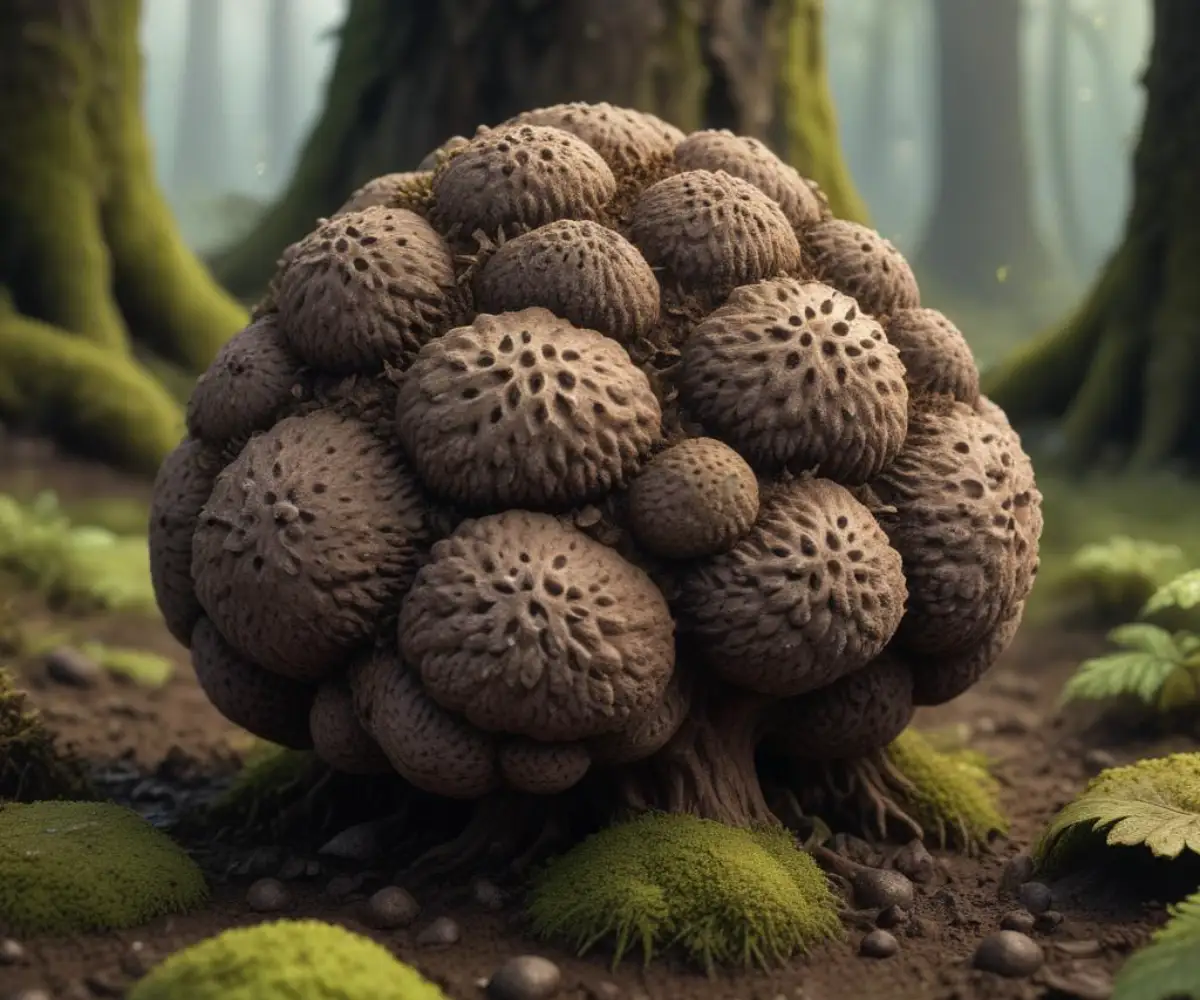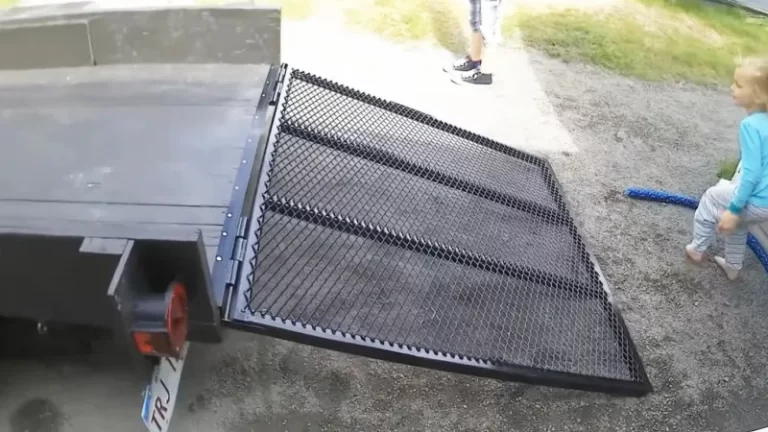Truffles in Pennsylvania: Your Guide to a Secret Backyard Treasure
The thought of decadent, earthy truffles often conjures images of rolling hills in Italy or the French countryside. For many Pennsylvania homeowners and gardeners, this prized culinary ingredient feels like a world away. The common belief is that our local soil and climate are simply unsuitable for such a finicky fungus, making the joy of unearthing your own “black diamond” nothing more than a distant dream.
This widespread misconception is the core problem. Gardeners and homesteaders in the Keystone State often feel excluded from the world of truffle cultivation, assuming it’s a venture reserved for experts in specific European locales. The reality, however, is that Pennsylvania’s diverse forests and farmlands hold a surprising and untapped potential for both finding and growing these delicious subterranean gems.
You'll Learn About
Unearthing the Truth: Native Truffles of Pennsylvania
Contrary to popular belief, Pennsylvania is home to native truffle species. These aren’t the famed French Périgord or Italian Alba truffles, but they are valuable and flavorful in their own right. Understanding these local varieties is the first step toward transforming your gardening aspirations into a rewarding reality.
The most notable native species is the Appalachian Truffle (Tuber canaliculatum). This truffle has a reddish-brown, bumpy exterior and a dark interior marbled with white veins. Its aroma is complex and earthy, making it a prized find for those in the know. Another species found in the region is the Pecan Truffle (Tuber lyonii), which, as its name suggests, often grows in association with pecan trees but can also be found with oaks.
The Forager’s Path: Seeking Wild Pennsylvania Truffles
Foraging for wild truffles is a challenging yet exhilarating pursuit. It requires patience, knowledge, and a keen eye—or, more accurately, a keen nose. The biggest hurdle for foragers is the uncertainty and the skill required to locate something that grows entirely underground.
The solution lies in knowing what to look for. Truffles form a symbiotic relationship with the roots of specific host trees. In Pennsylvania, your search should focus on established hardwood forests, particularly around oak, beech, hazelnut, and hickory trees. The peak season for finding ripe truffles is typically in the late fall and winter, often after the first frost when their aroma is strongest.
While pigs have been traditionally used, modern truffle hunters overwhelmingly prefer trained dogs. A dog’s sensitive nose can detect ripe truffles without the destructive digging associated with raking, which can damage the delicate network of mycelium. Before you head out, it’s crucial to understand local regulations. Foraging for personal consumption is often permitted in Pennsylvania’s state forests, but it’s prohibited in many city and county parks. Always verify the rules for any public land and never forage on private property without explicit permission.
The Home Gardener’s Goldmine: Cultivating Truffles in Your Backyard
For the dedicated home and garden enthusiast, cultivating your own truffles is the ultimate long-term project. The primary problem is the significant investment of time, effort, and resources required to create a suitable environment, known as a truffière or truffle orchard. However, with the right knowledge and a great deal of patience, it is an achievable goal.
Cultivating truffles is a far more involved process than planting a typical vegetable garden. It’s a venture more akin to a major home renovation, like deciding to redesign a core feature of your living space; it requires planning, specialized materials, and a commitment to seeing the project through. The journey from planting a tree to harvesting a truffle can take anywhere from five to ten years, but the reward is a truly sustainable and luxurious crop.
Choosing the Right Spot for Your Truffière
Site selection is the first critical step. Truffle-host trees require a location with good sun exposure, ideally on a gentle slope with a south or southeastern orientation. Excellent drainage is non-negotiable, as waterlogged soil will lead to root rot and prevent the truffle fungus from thriving.
It’s also vital to isolate your truffle orchard. Truffles face competition from other native fungi in the soil. To give your crop the best chance, plant your inoculated trees at least 30 to 40 feet away from existing mature trees. This buffer zone helps prevent dominant, wild fungi from colonizing the roots of your host trees.
The Secret is in the Soil: Mastering pH
This is where most aspiring truffle growers face their biggest challenge. Truffles demand a highly alkaline soil with a pH between 7.5 and 8.3. Pennsylvania’s soil is naturally acidic, which means significant amendment is required. This is the single most important factor for success.
To begin, you must conduct a thorough soil test. Based on the results, you will need to add agricultural lime to raise the pH. This is not a one-time fix; it’s a gradual process that can take several years of annual applications and re-testing to reach and maintain the target pH level. Think of it like a waterproofing project in your home; just as you need a reliable barrier when considering options for sealing a shower pan to prevent moisture damage, you must create a stable alkaline soil environment to protect your truffle investment.

Selecting and Planting Inoculated Seedlings
You cannot simply plant a tree and hope for the best. You must purchase seedlings that have been inoculated with truffle spores. These are young trees, typically oak or hazelnut varieties, whose roots have been colonized by the desired truffle mycelium in a nursery setting.
Source your seedlings from a reputable supplier that can verify the inoculation. When planting, handle the root ball with care to avoid disturbing the delicate fungal structures. Dig a hole wide enough to accommodate the roots without bending them and backfill with the amended native soil. Water thoroughly after planting.
| Truffle Type | Common Host Trees in PA | Typical Harvest Season | Flavor Profile |
|---|---|---|---|
| Appalachian Truffle (Tuber canaliculatum) | Oak, Beech, Hickory | Late Fall – Winter | Earthy, Nutty, Notes of Garlic and Chives |
| Pecan Truffle (Tuber lyonii) | Pecan, Oak | Late Summer – Fall | Milder, Nutty, Buttery |
| Burgundy Truffle (Tuber aestivum) | Hazelnut, Oak | Fall | Earthy, Hazelnut-like, Less Intense |
Long-Term Care and Avoiding Common Pitfalls
Once your trees are in the ground, the long wait begins. During this time, meticulous care is crucial. Consistent watering is important, especially during dry spells, as the trees and the fungus need moisture to establish. An irrigation system is highly recommended for any serious cultivator.
Weed control is another vital task. Weeds compete for water and nutrients and can harbor pests. Avoid using herbicides, which can harm the sensitive soil microbiome. Instead, practice light cultivation or use a gravel mulch around the base of the trees. Proper pruning will also help ensure that sunlight reaches the soil around the tree’s base, which is beneficial for truffle development.
Harvesting Your Black Gold: The Moment of Truth
After years of patient cultivation, the day will come to search for your harvest. You will know the truffles are nearing maturity when a “brûlée” or “burnt patch” appears around the base of the tree. This is an area where the truffle fungus has inhibited the growth of other vegetation.
The best and most reliable way to find ripe truffles is with a trained dog. Their sensitive noses can pinpoint the exact location of mature truffles, which emit a strong, distinct aroma. Once located, use a small hand trowel to gently excavate the truffle. Be careful not to damage it or the surrounding tree roots.
Storing and Enjoying Your Harvest
Fresh truffles have a short shelf life and should be used as quickly as possible to enjoy their powerful aroma. Clean them gently with a soft brush to remove any dirt. Do not wash them with water until just before use, as moisture can accelerate decay.
Store your truffles in a sealed container in the refrigerator, wrapped in a paper towel to absorb excess moisture. The potent aroma can infuse other foods; storing them with eggs or butter is a classic way to capture their essence. That powerful scent will permeate your home, and ensuring you have good air circulation can make the experience more pleasant. A subtle sign of airflow issues, even in other parts of the house, might be an unexpected sound like a whistle from a return air vent, which could indicate it’s time for a system check-up.
Is a Truffle Orchard Right for You?
Embarking on a truffle-growing journey in Pennsylvania is not for the casual weekend gardener. It is a serious, long-term commitment that demands research, investment, and above all, patience. From amending the soil to waiting nearly a decade for the first harvest, the process is a true labor of love.
However, for those with the space, dedication, and passion, the reward is unparalleled. Unearthing a truffle that you cultivated on your own property is a uniquely satisfying experience, connecting you to the land in a profound way. It proves that with the right approach, this celebrated delicacy is not just a European luxury but a hidden treasure waiting to be discovered right here in the backyards and gardens of Pennsylvania.

